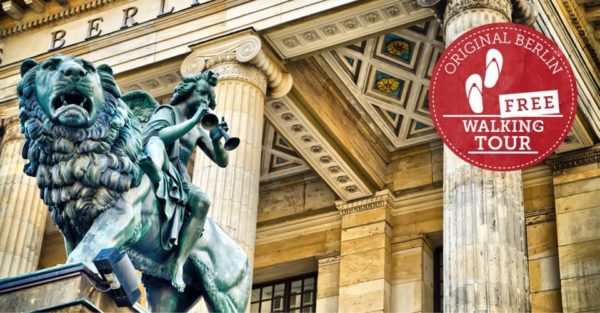The Berlin Blockade, which lasted from 1948 to 1949, was a critical event in the early years of the Cold War. It was a direct confrontation between the United States and its allies, and the Soviet Union and its satellite state, East Germany. Let’s take a closer look at the key players involved in this significant historical event.
The Soviet Union
Interestingly, at the center of the Berlin Blockade was the Soviet Union with its General Secretary, Joseph Stalin. In the aftermath of World War II, Germany was divided into four zones controlled by the victorious Allied powers: Four countries to be noted are the United States of America, the Soviet Union, United Kingdom and France. Meanwhile the Soviet Union was directly controlling East Germany and the other three powers were controlling west Germany.
Stalin imposed a blockade of West Berlin to counter what he saw as the Western Allies’ establishing their own monetary system by issuing the Deutsche Mark in their zones. Stalin believes that separate currency helps West Germany while weakening the Soviet’s grip on East Germany.
The United States
There is no doubt that the United States under the Truman took a desperate role in the Berlin Blockade. Truman, with his advisors, clearly understood the necessity of defending West Berlin as the symbol of the victories of the western democracy and, at the same time, as the constantly developing springboard for Soviet progress.
In order to respond to the Soviet blockade the United States started the operation named the Berlin Airlift. During this period of time American and British planes made thousands of flights crossing the Soviet imposed供应 cutoff with the intention of supplying the citizens of West Berlin with food, fuel and other essential needs. The airlift proved that the USA is dedicated to stand for their friends and to maintain freedom for West Berlin.
Great Britain
As suggested on this page, the United States initially had Great Britain as an ally in opposing the Soviet blockade; this position was held by both Clement Attlee and Winston Churchill. Churchill described thedevelopment of this division as an “iron curtain” that divided the European continent, the liberal world and the socialist one.
In the Berlin Airlift, the British Royal Air Force (RAF) aircrafts operated hand in hand with those of America. To show this commitment the British worked hard in the defense of West Berlin, as well as encouraging the other western countries to do the same in order to fight the Soviet aggression.
France
France, under the prime ministership of Robert Schumman was the third country that refused to recognize the Soviet blockade. Crews of French pilots and their planes also contributed to the Berlin Airlift – delivering necessary goods to the besieged city.
West Germany
West Germany also known as Federal Republic of Germany was in the center of the Berlin Blockade episode. In the West Berlin, the introduction of the Deutsche Mark promoted economic development and stabilization; this cause worry to the Soviet Union and East Germany.
Even during the most severe consequences of the blockade West Germans remained very loyal and brave. Thus it finally helped to consolidate the determination of West Germany to remain a democratic state and indirectly to the creation of NATO.
Conclusion
The Berlin Blockade involved a complex interplay of political, military, and economic forces. The Soviet Union, the United States, Great Britain, France, and West Germany all played crucial roles in this pivotal moment of Cold War history.
The consequences of the Berlin Blockade were far-reaching. It solidified the divide between East and West, leading to the eventual construction of the Berlin Wall in 1961. It also demonstrated the determination of the United States and its allies to protect the freedom and democratic values of West Berlin.
Understanding the key players involved in the Berlin Blockade helps shed light on the geopolitical landscape of the time and the strained relations between the Eastern and Western blocs. It serves as a reminder of the challenges and sacrifices made during this tumultuous era.
Table of Contents


